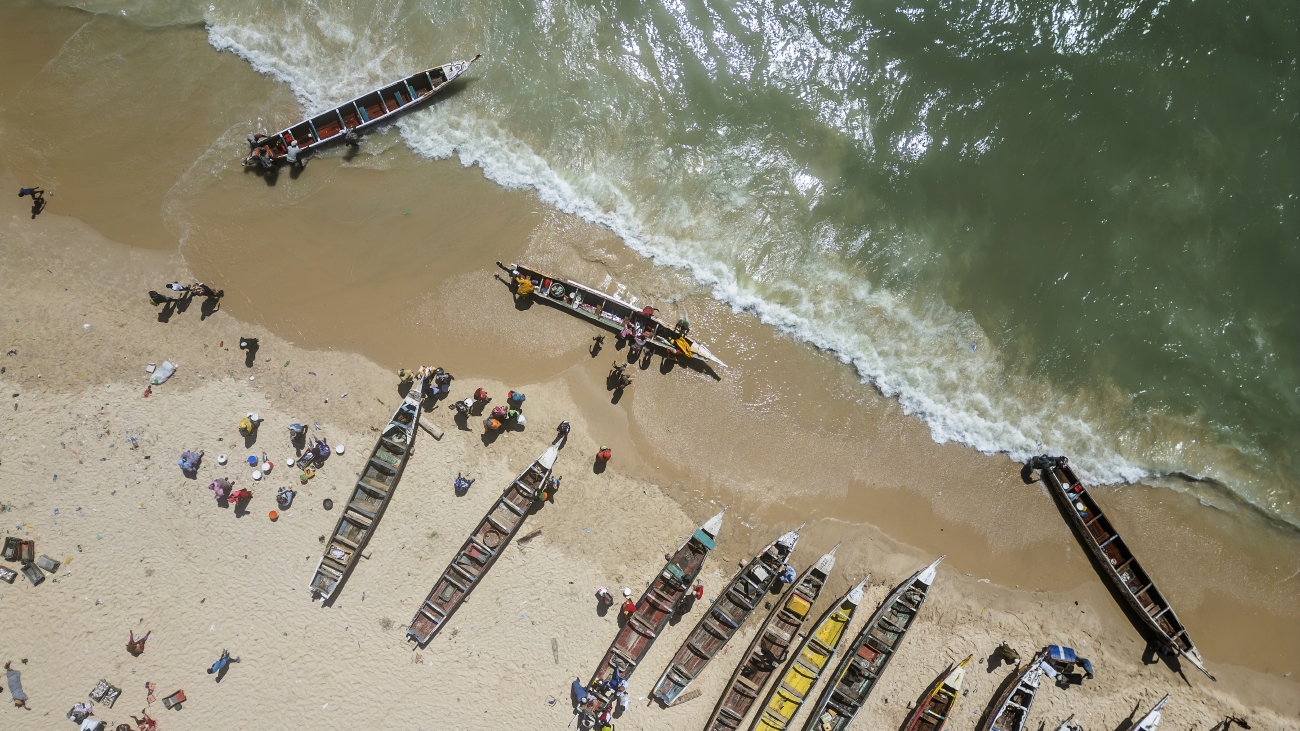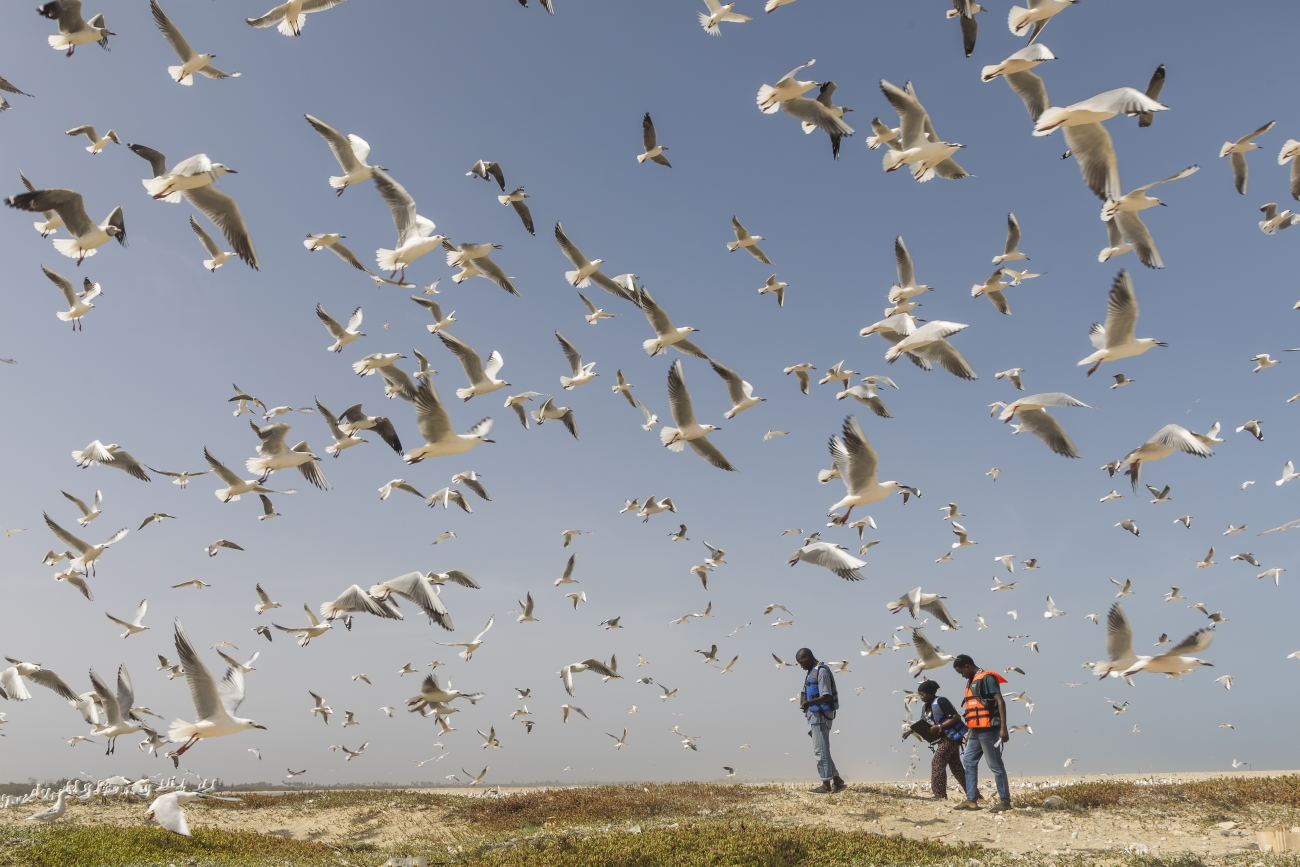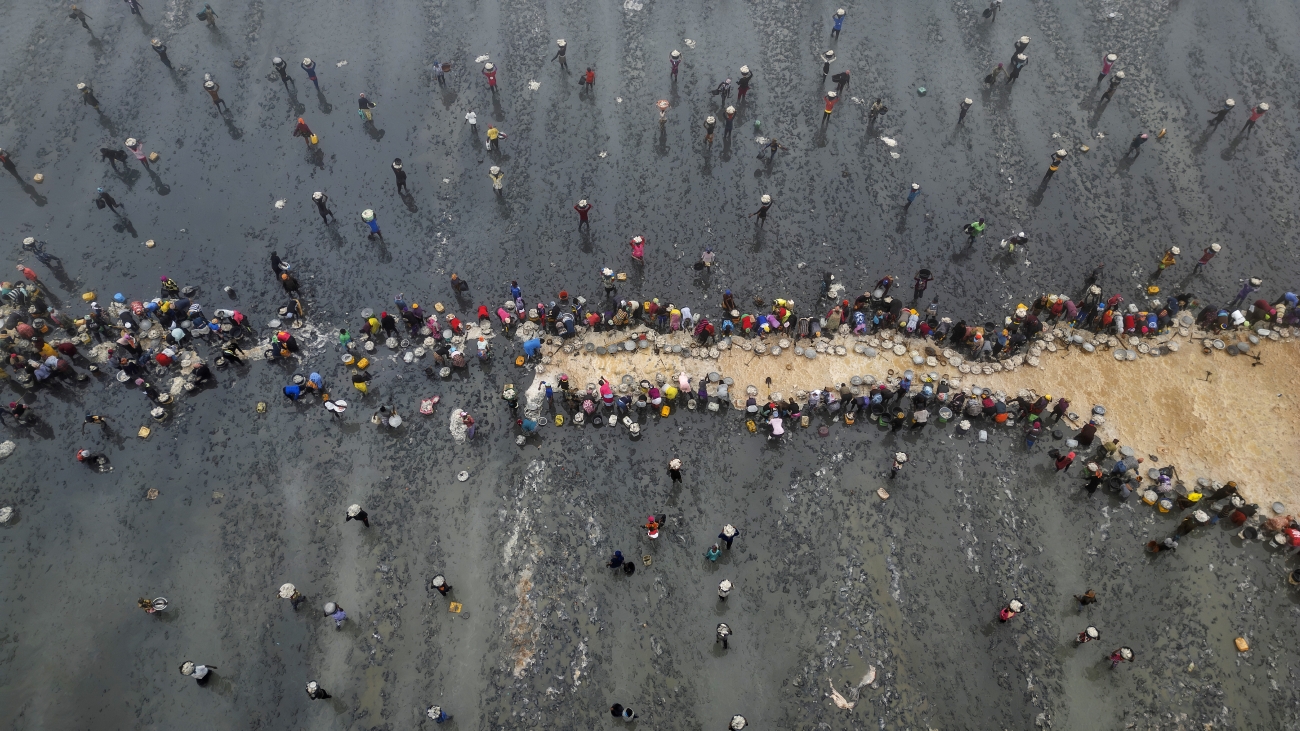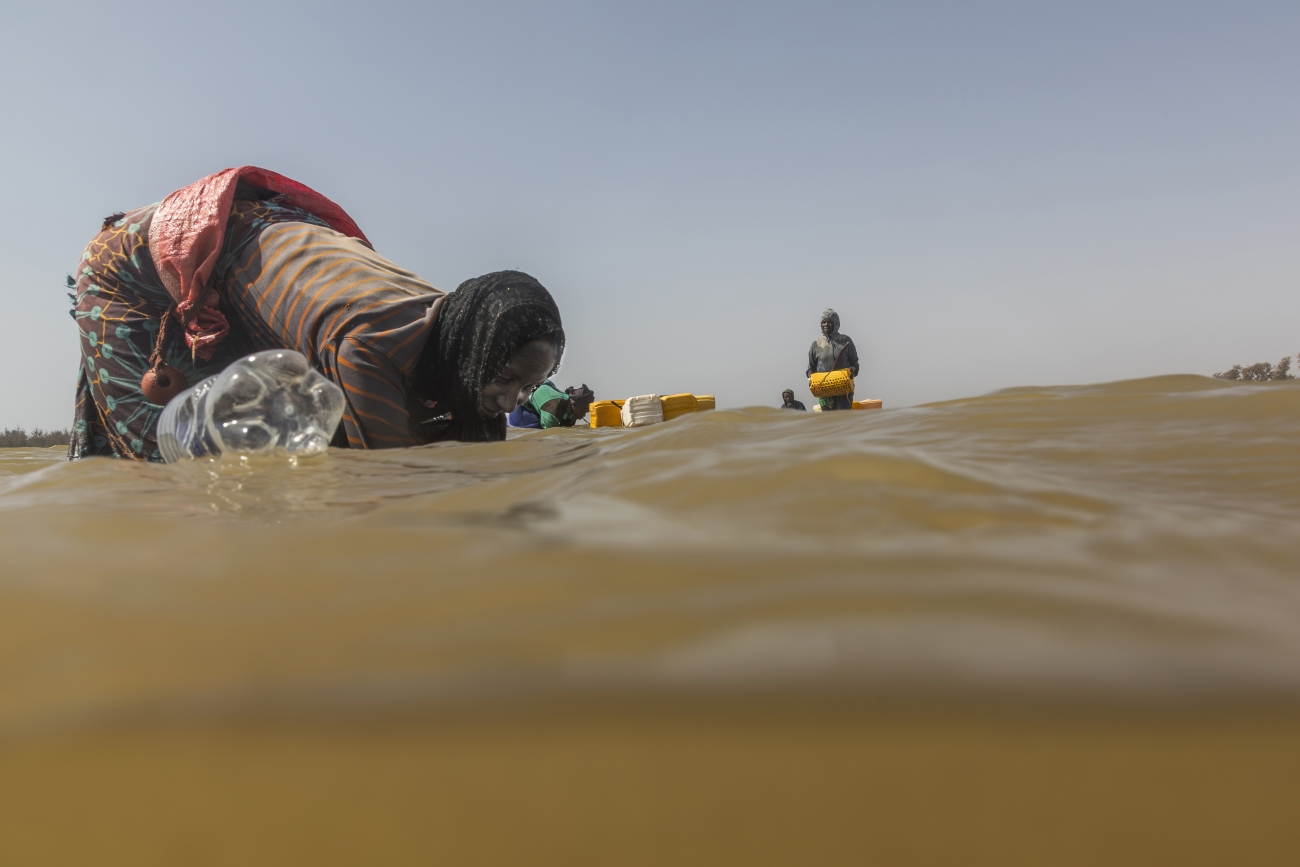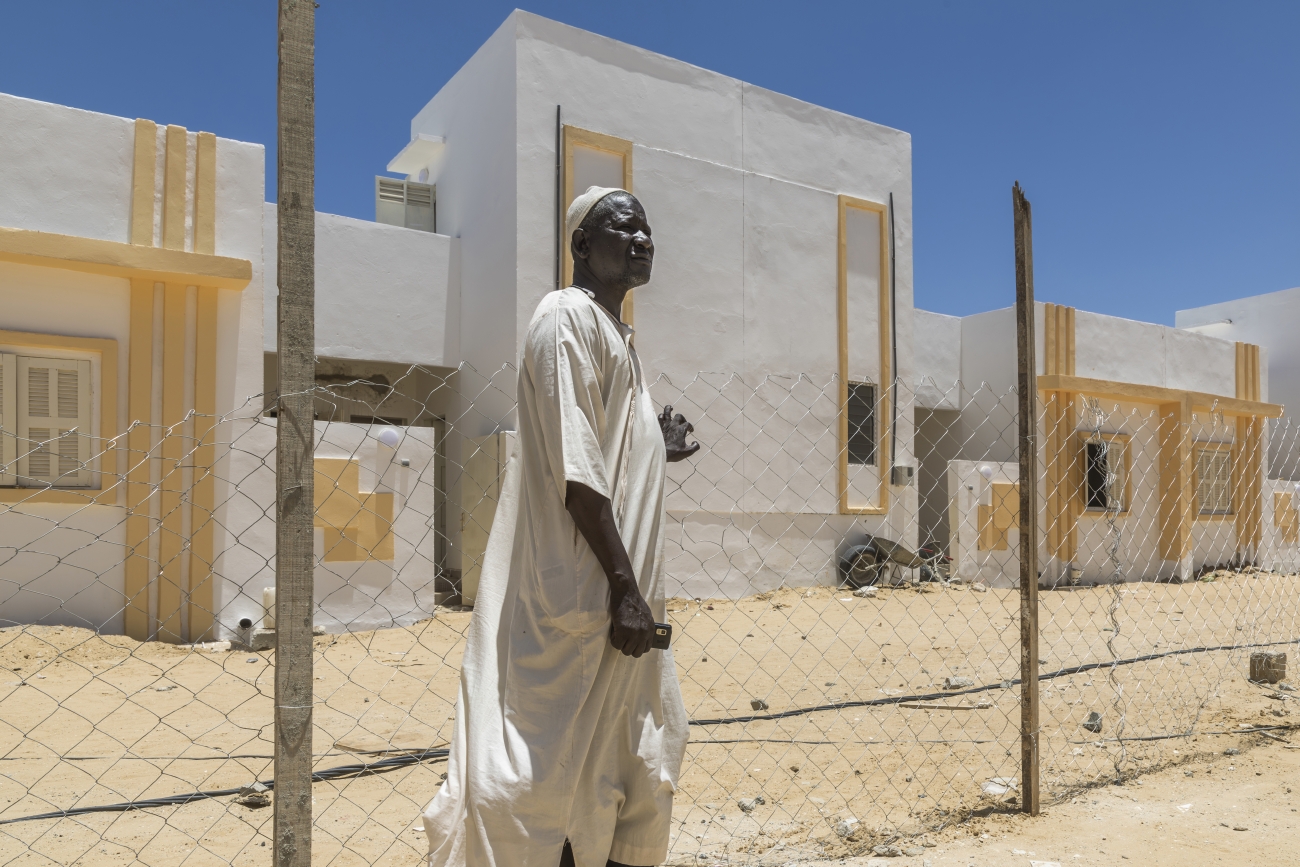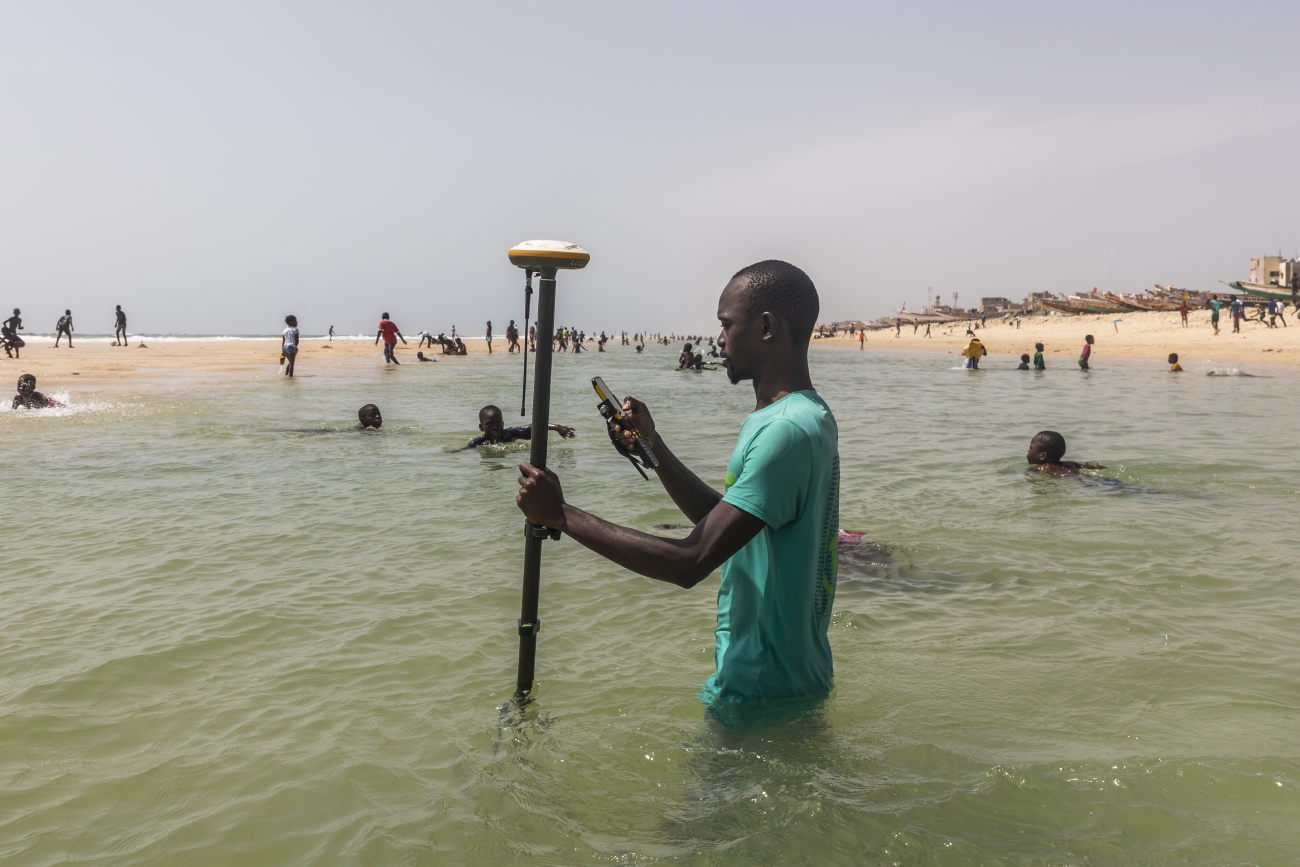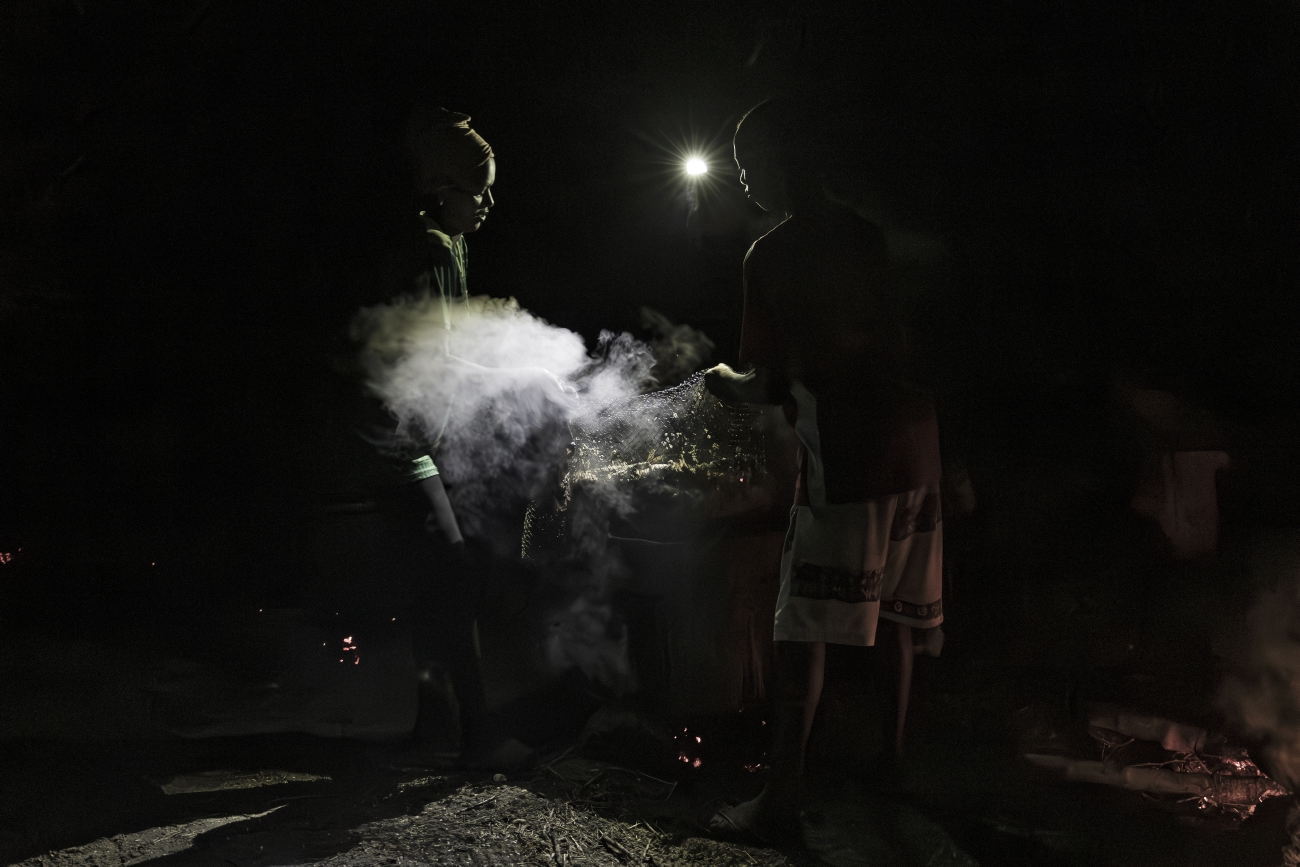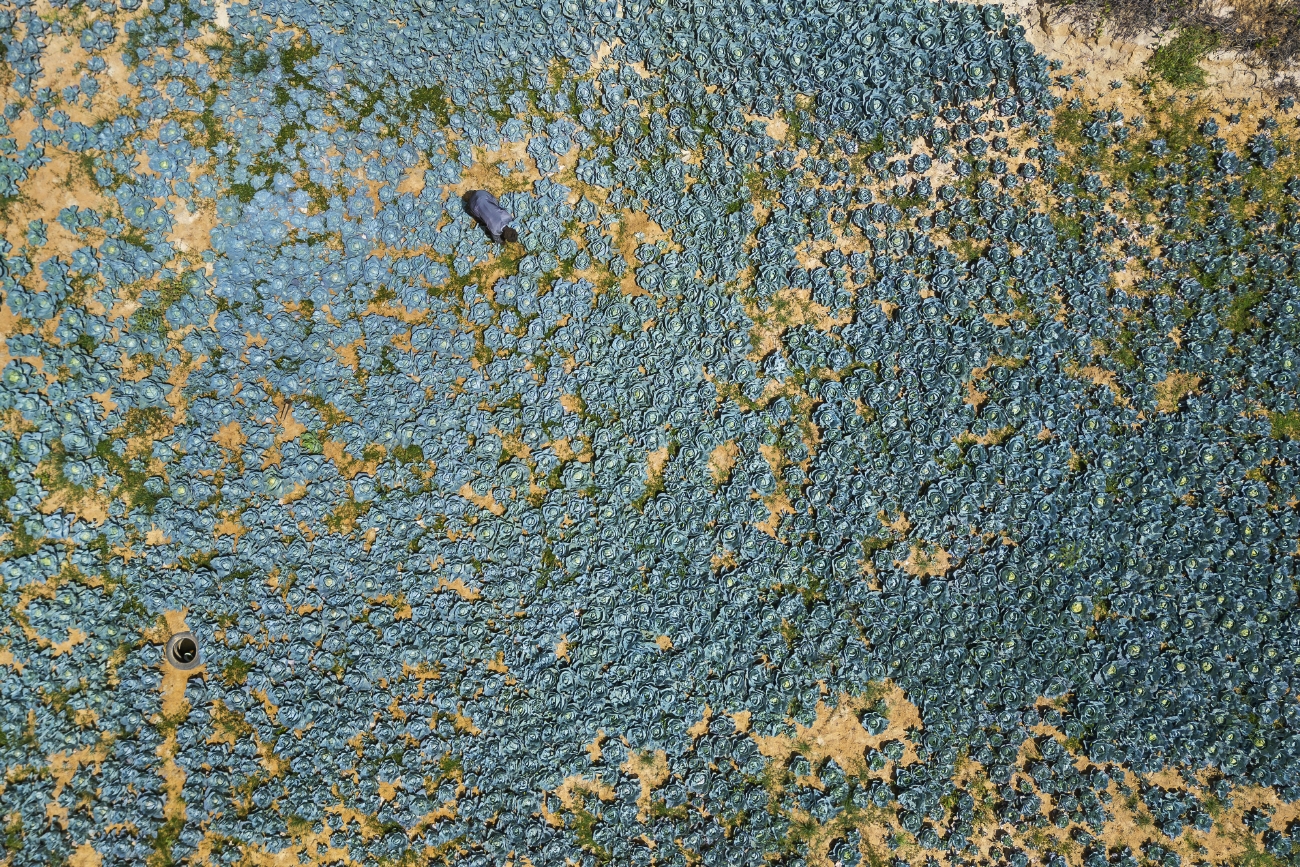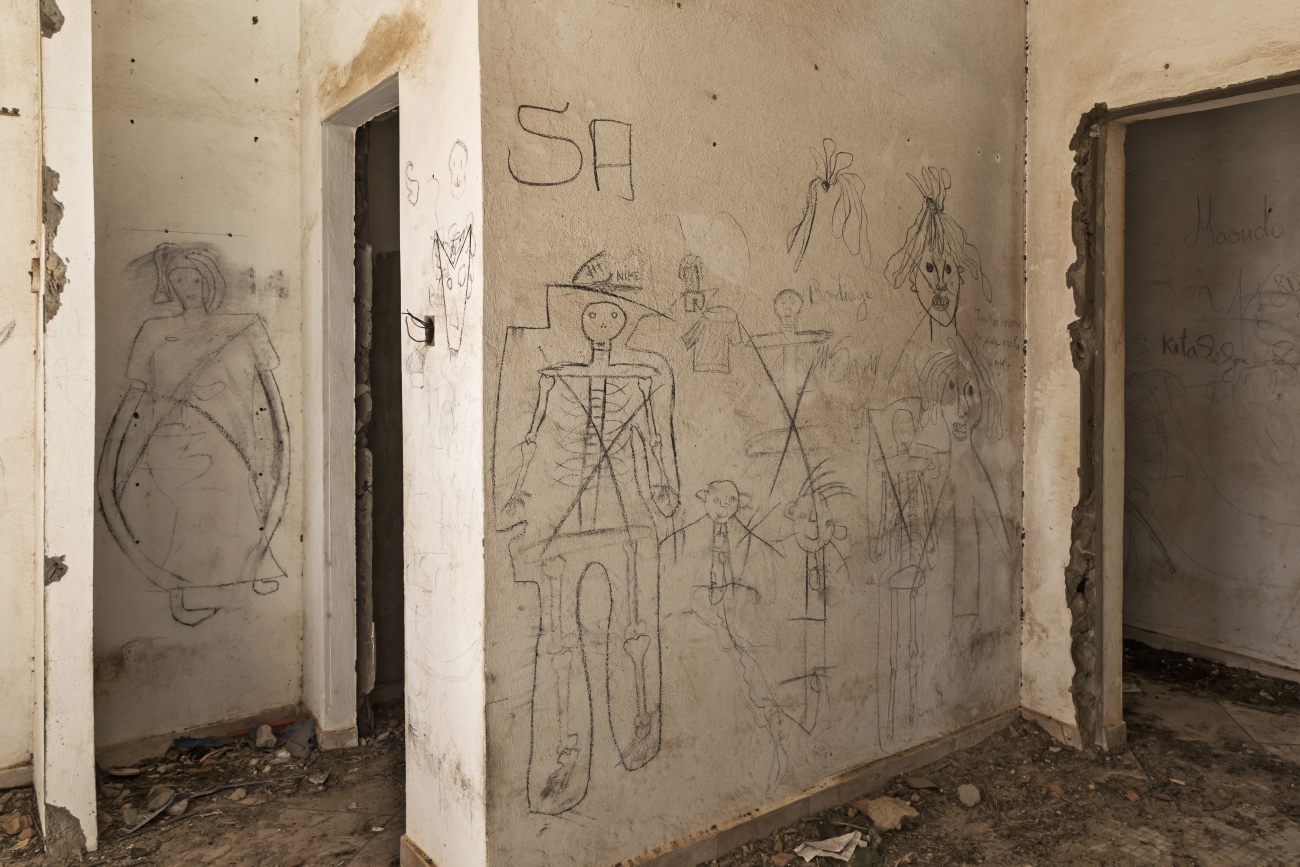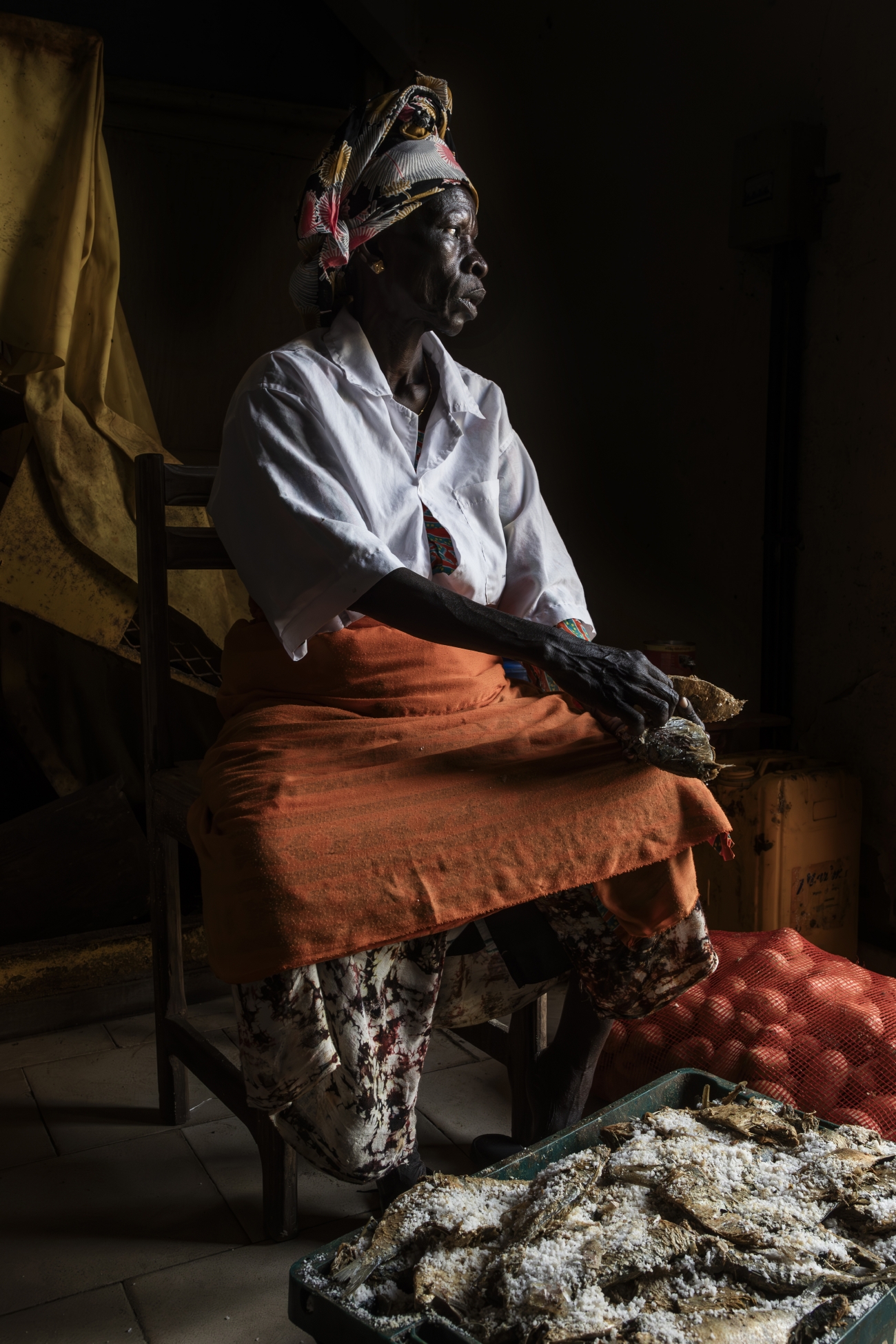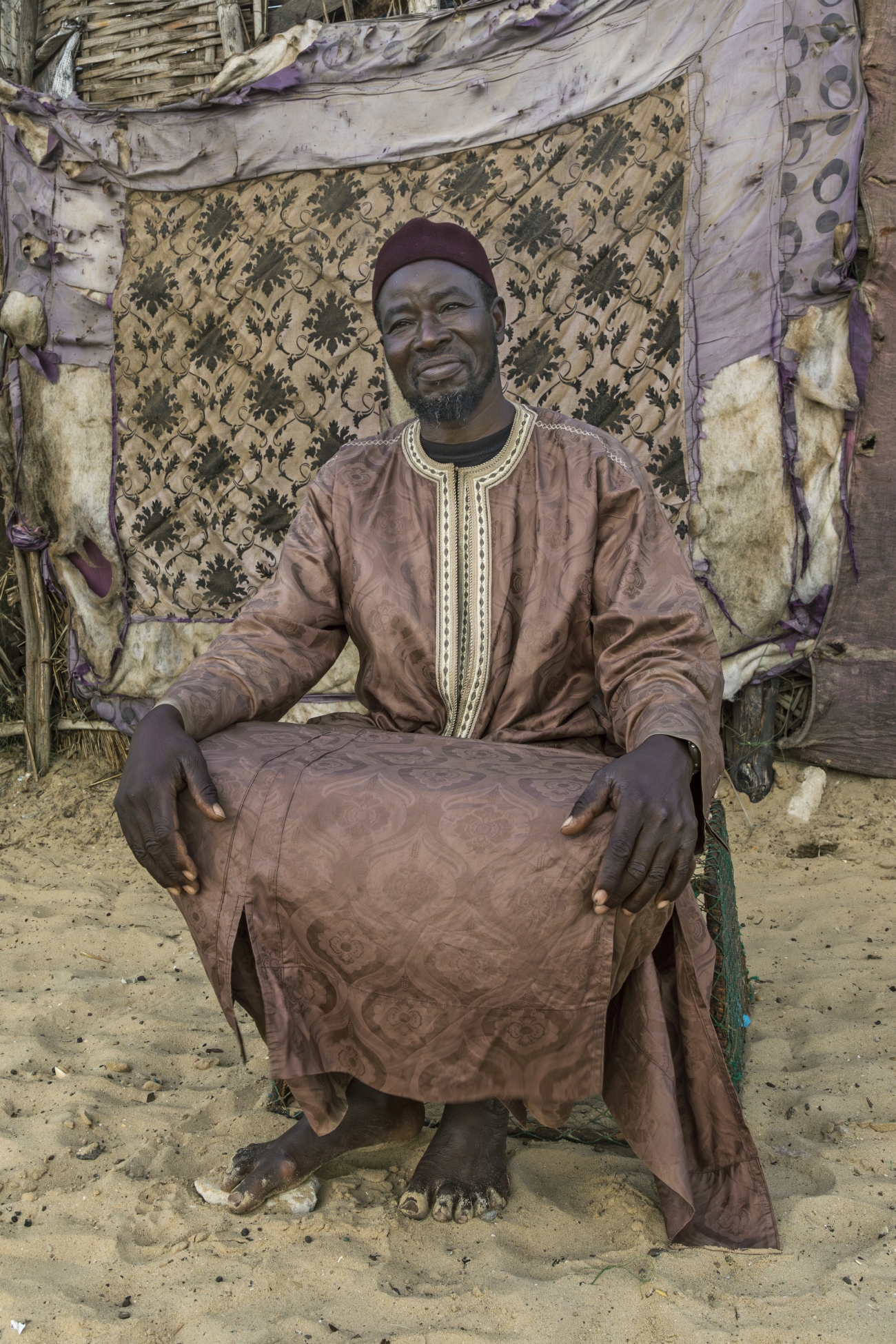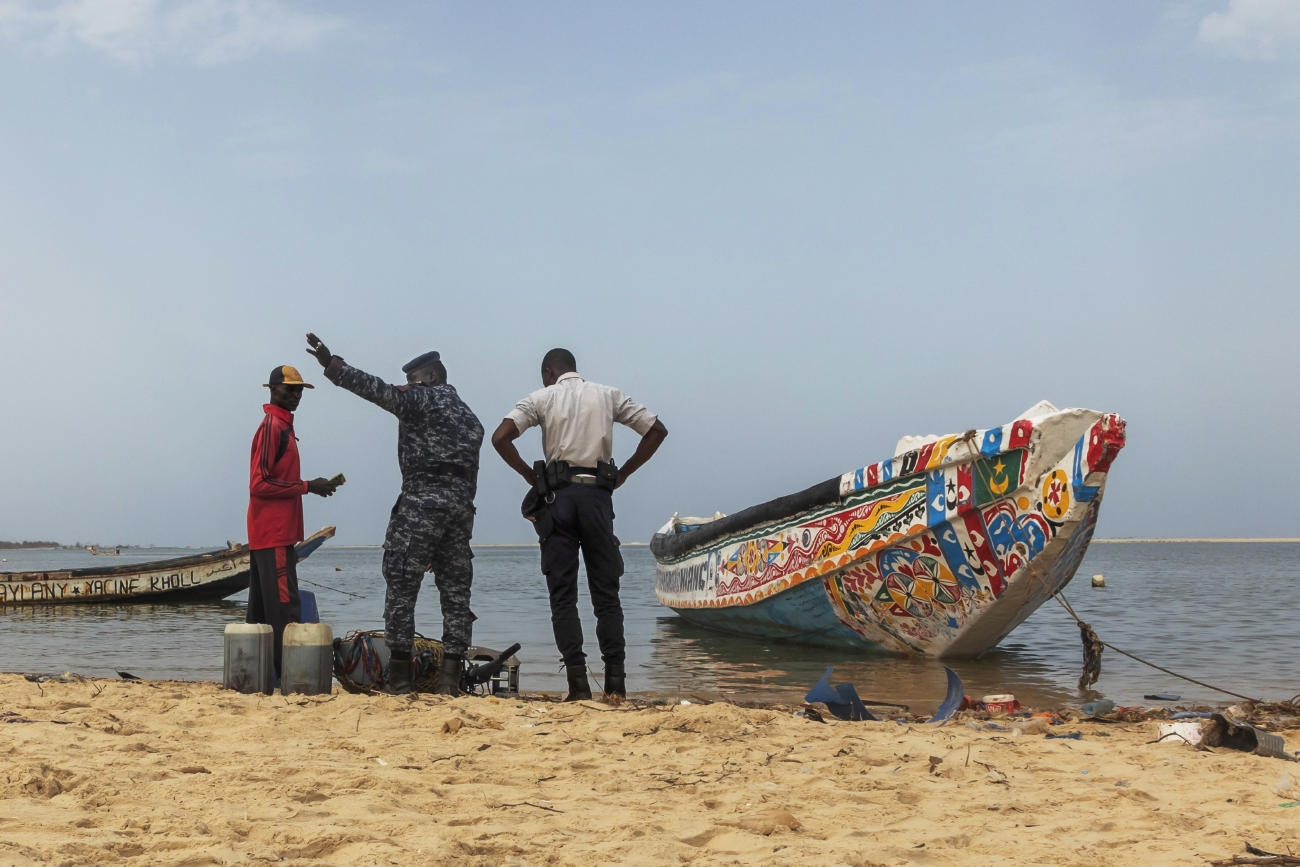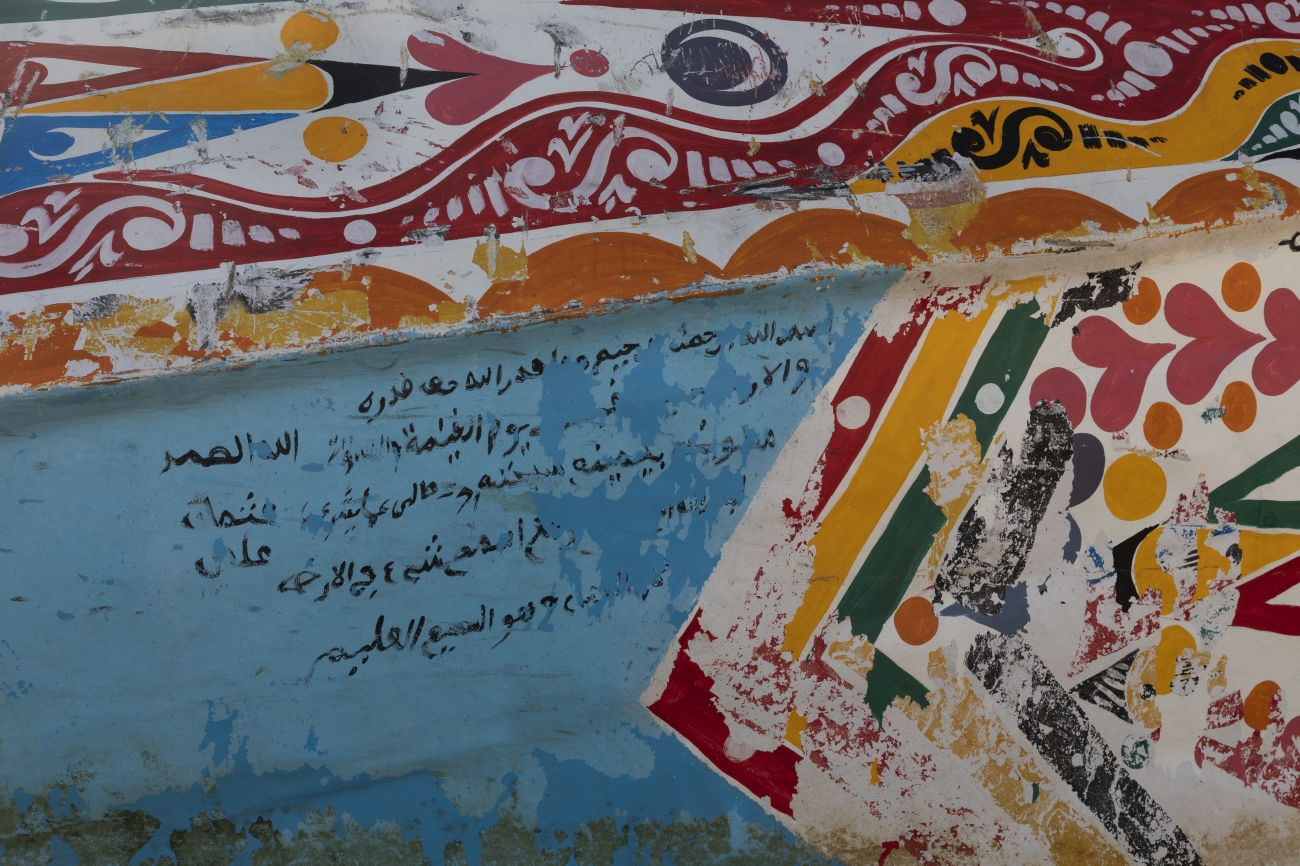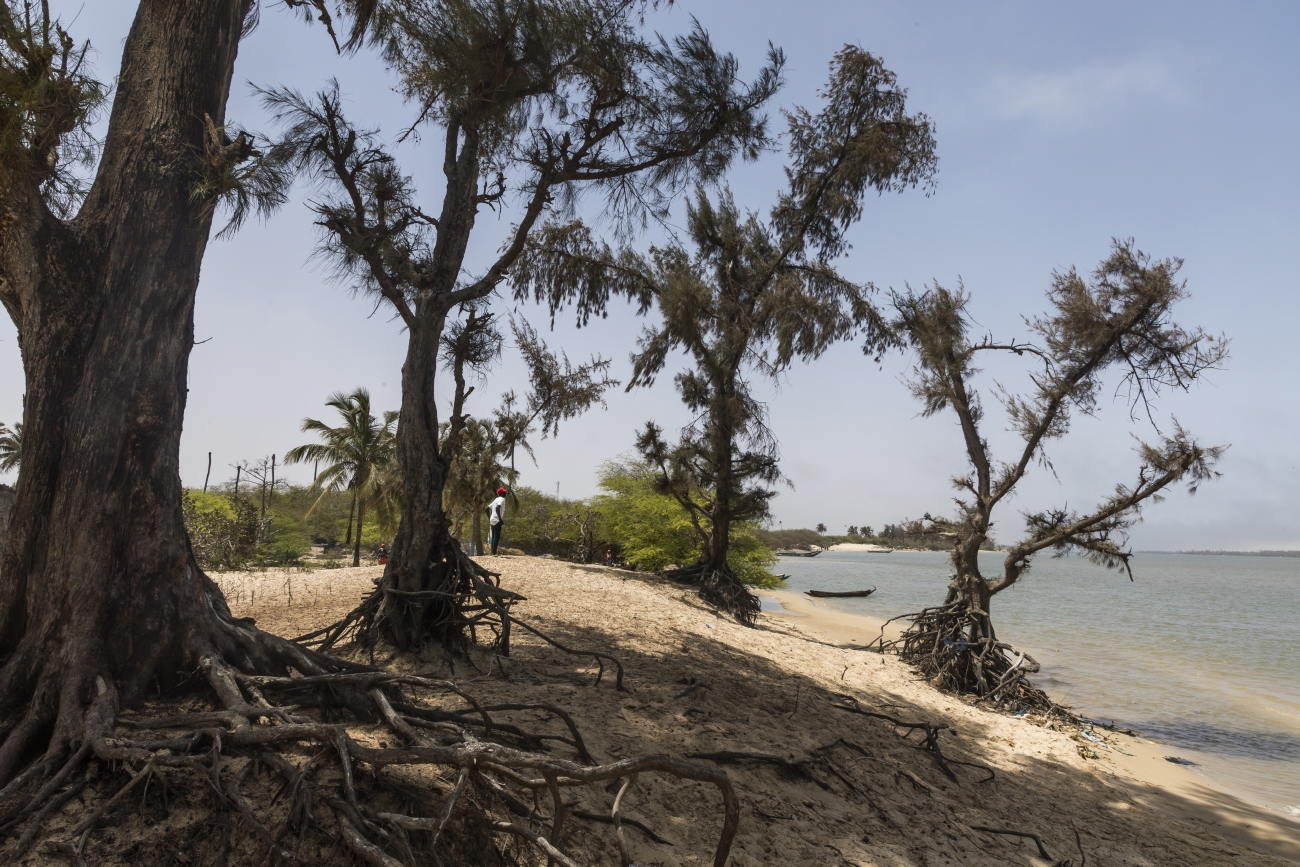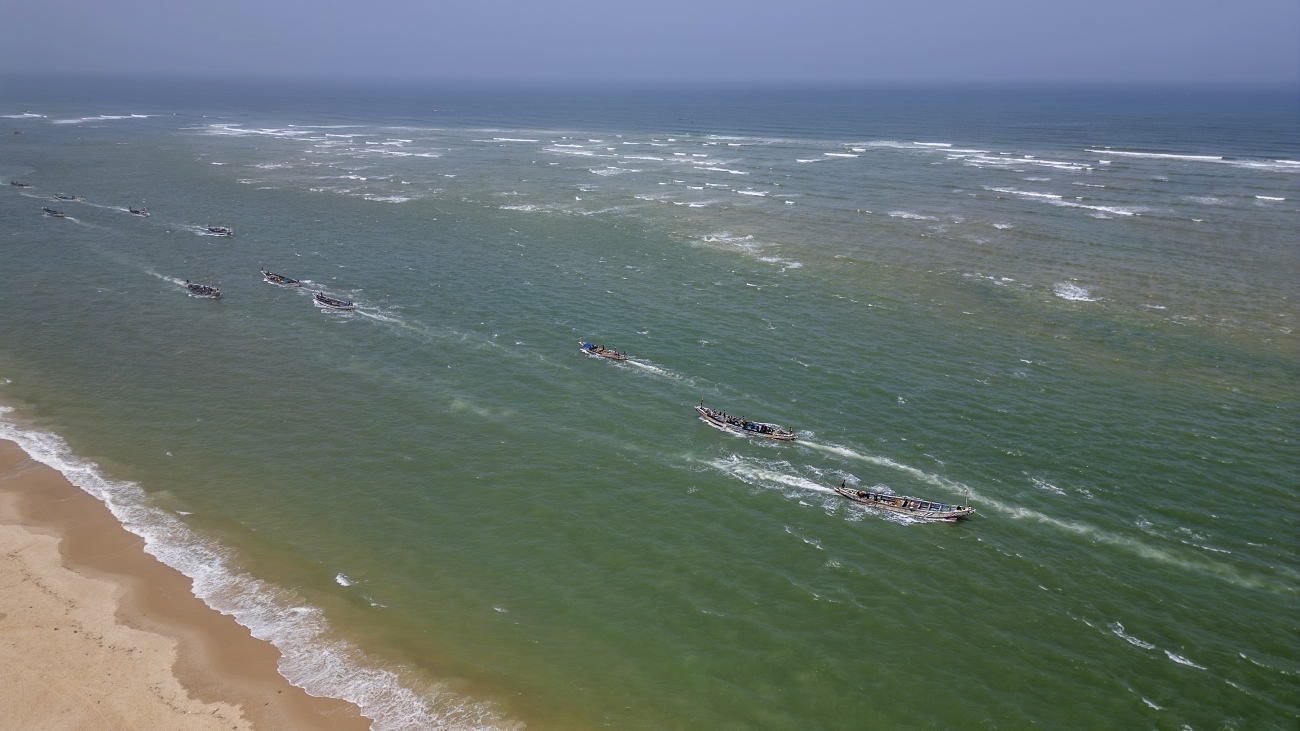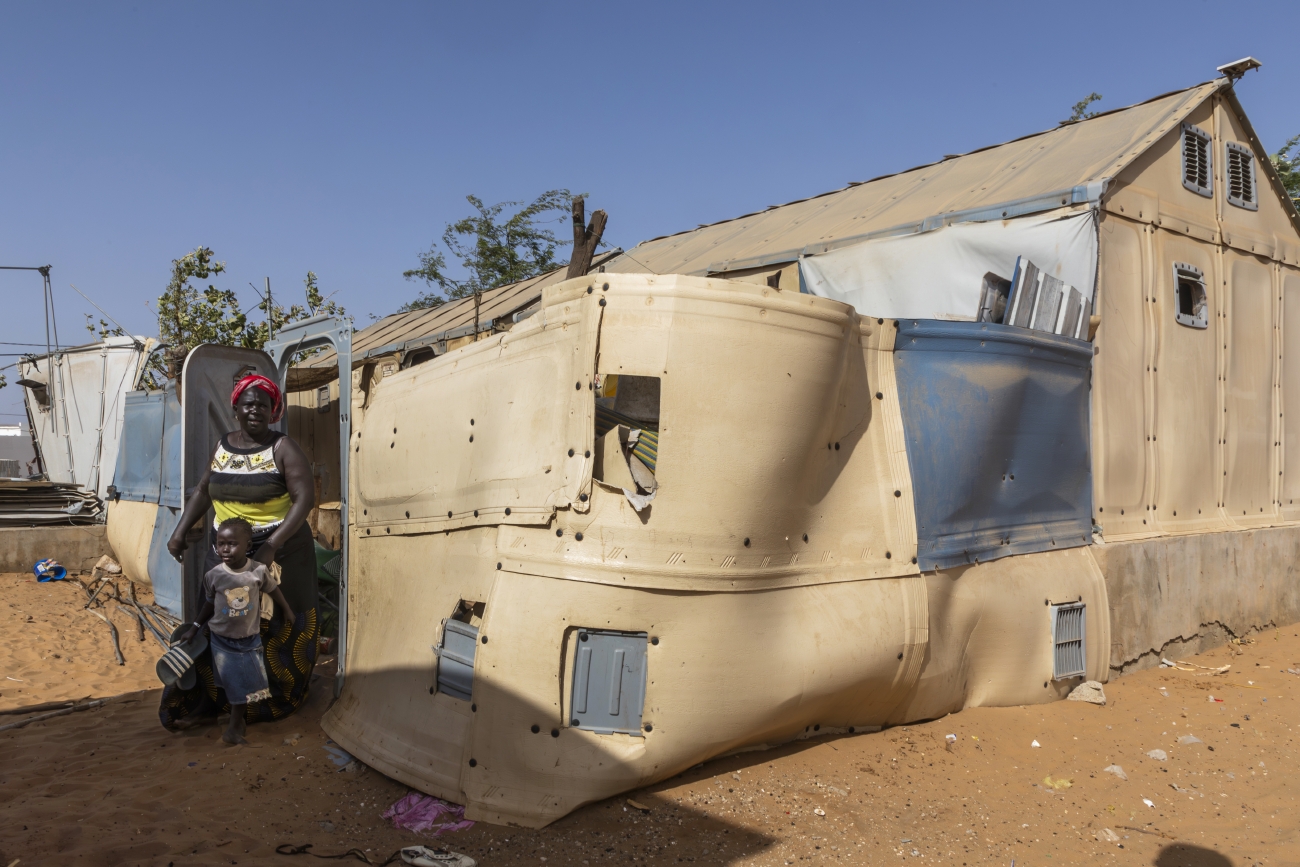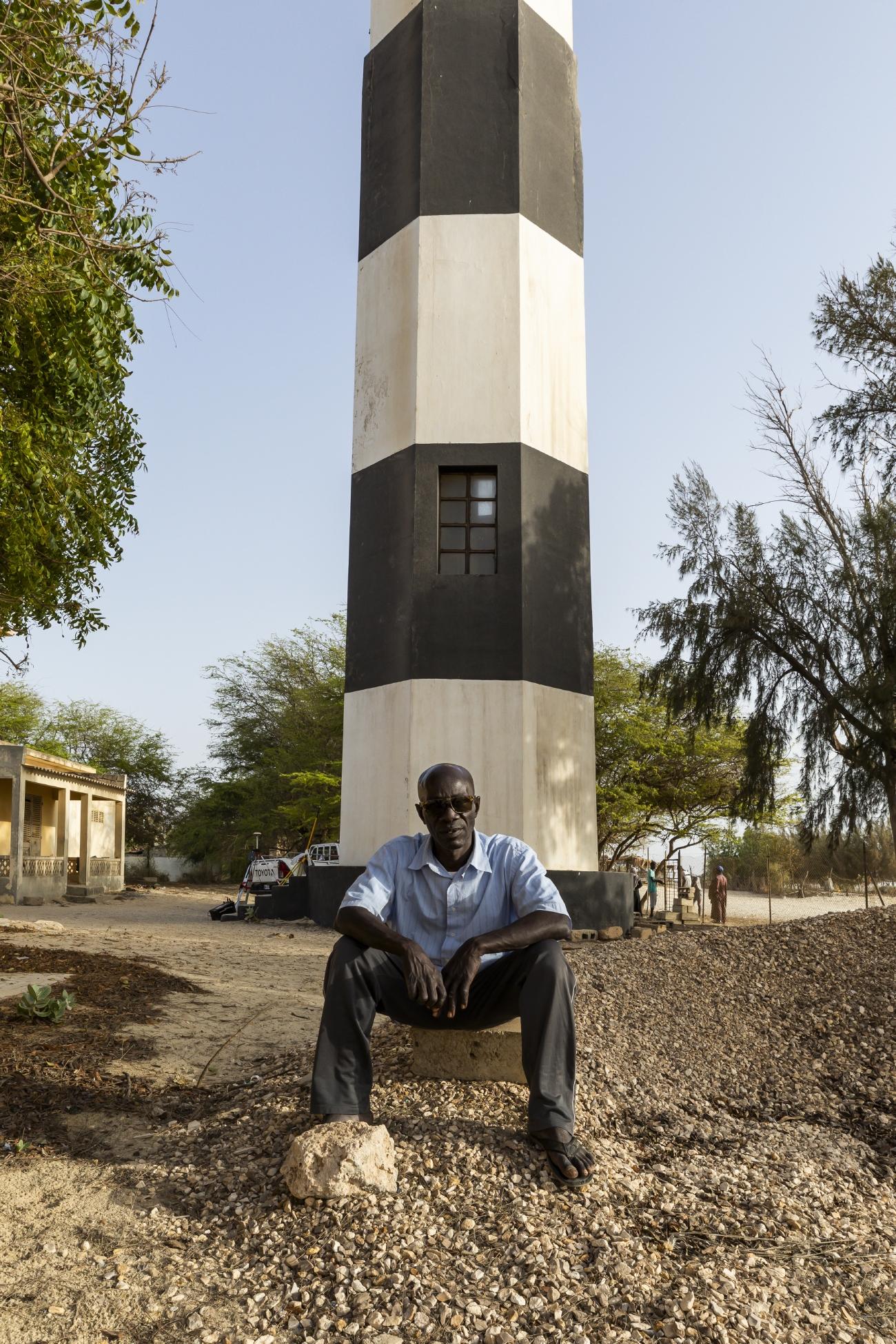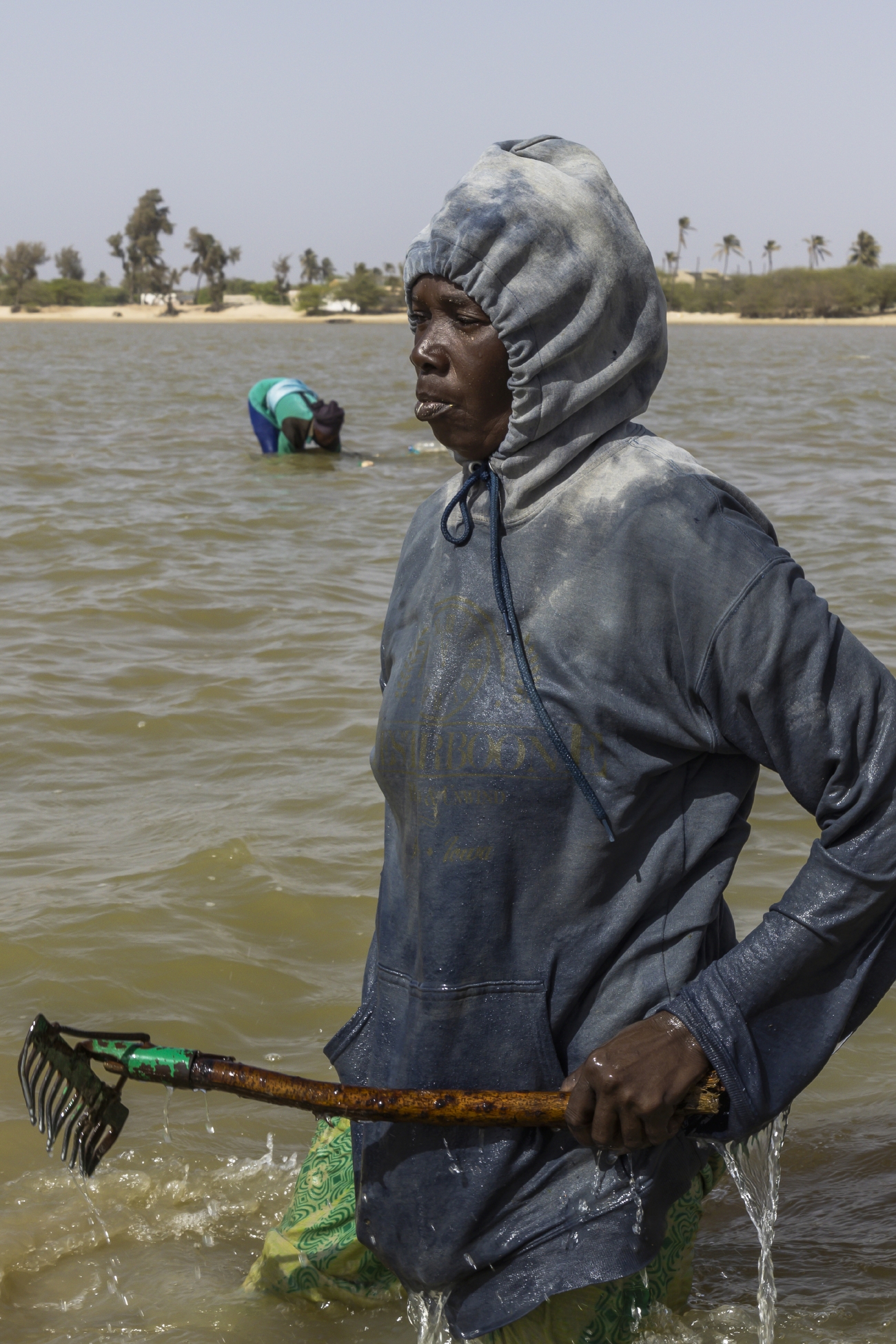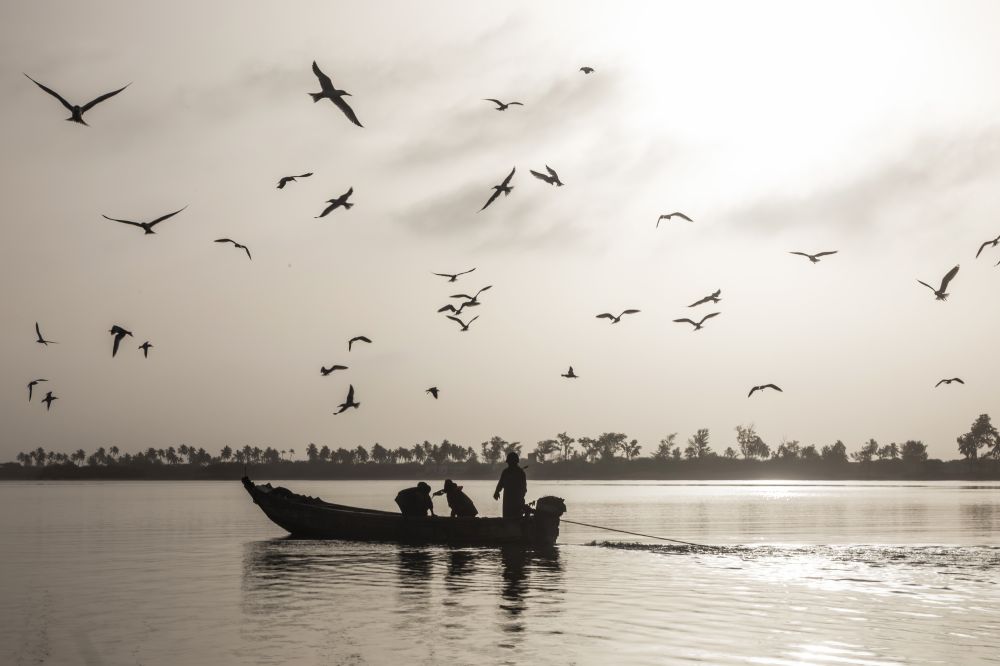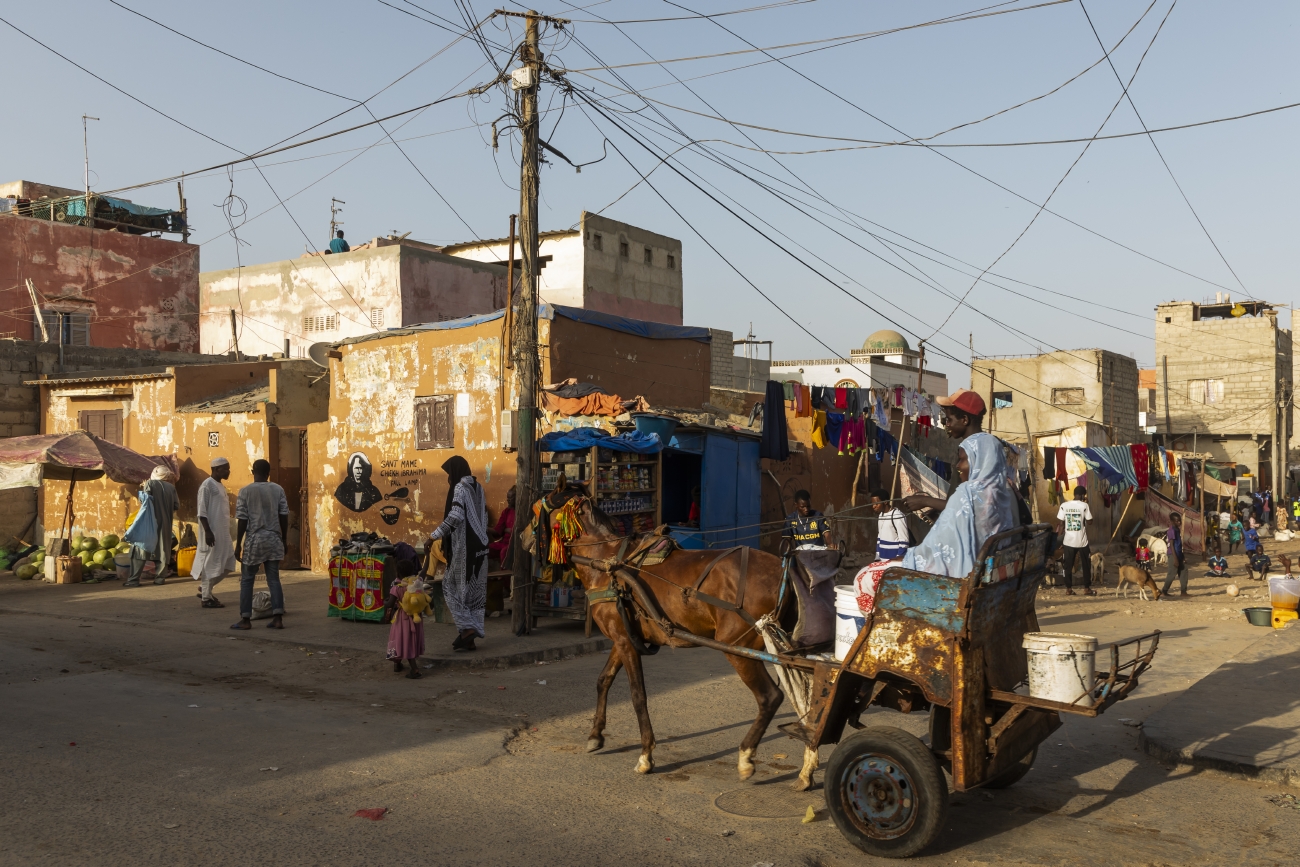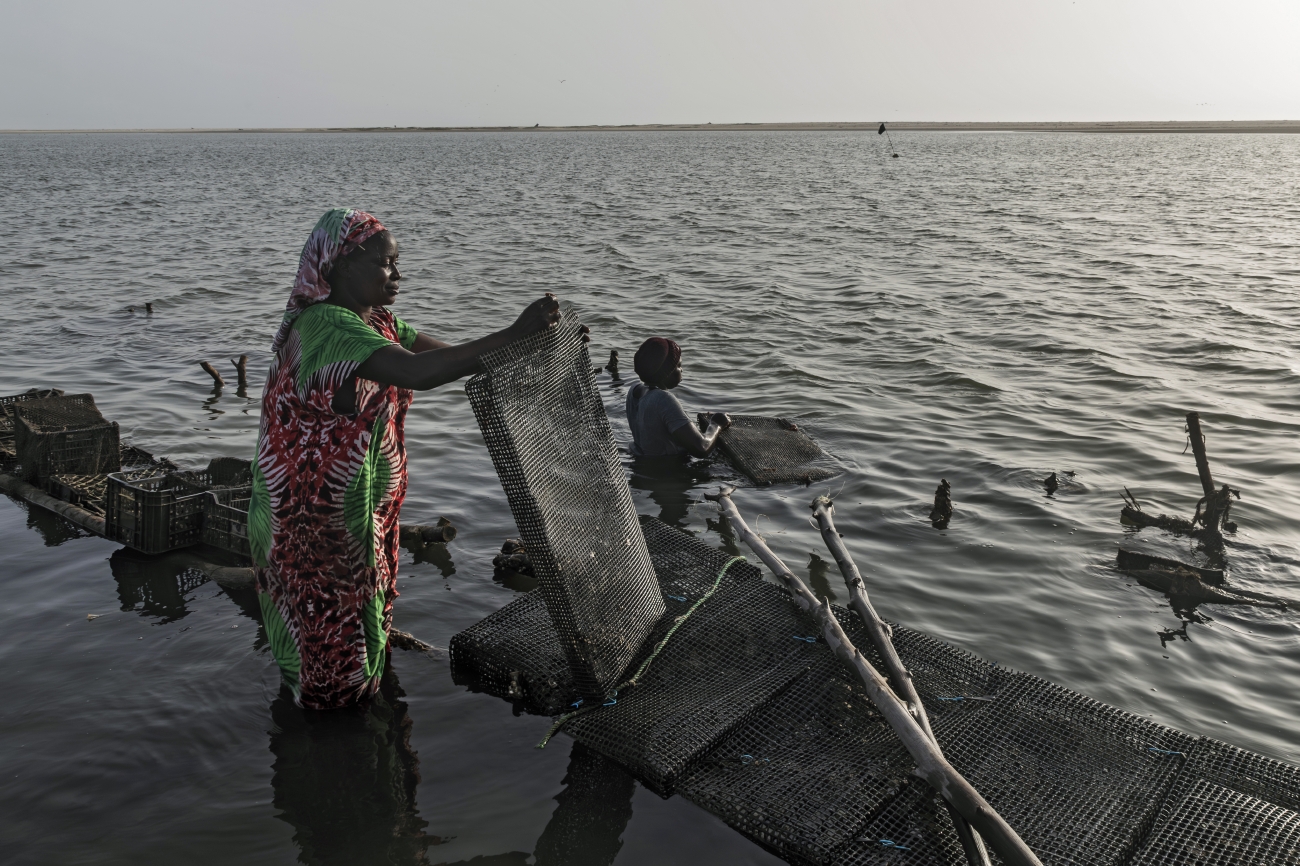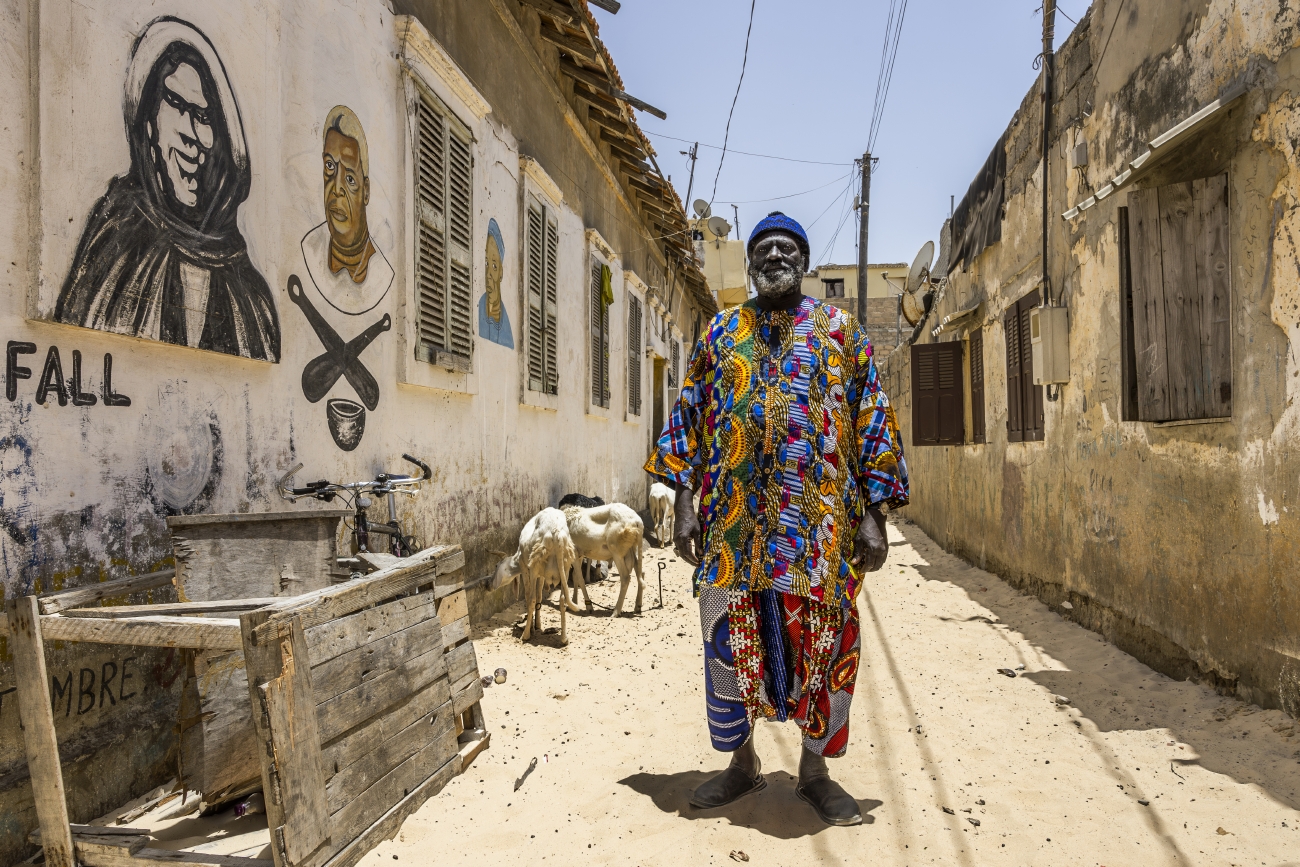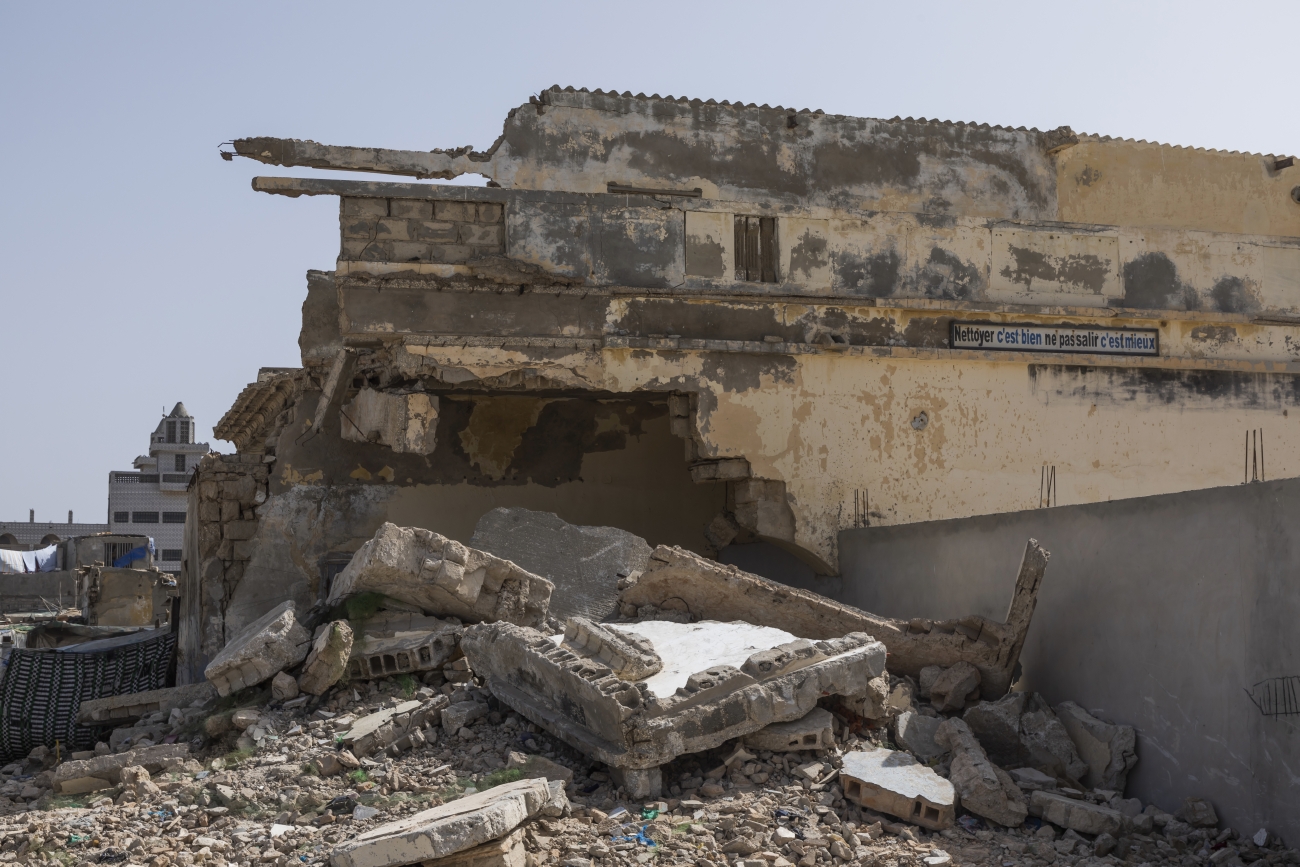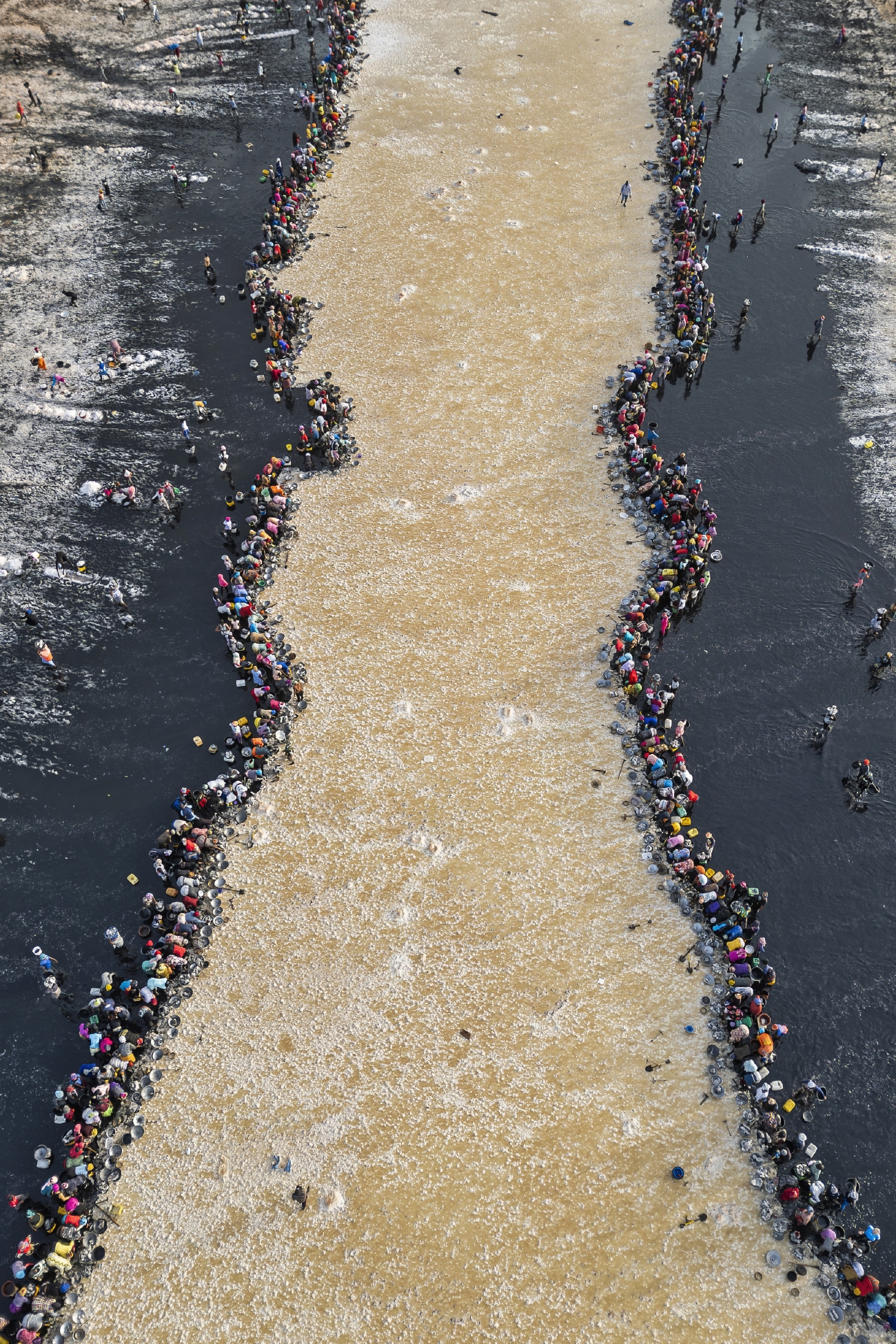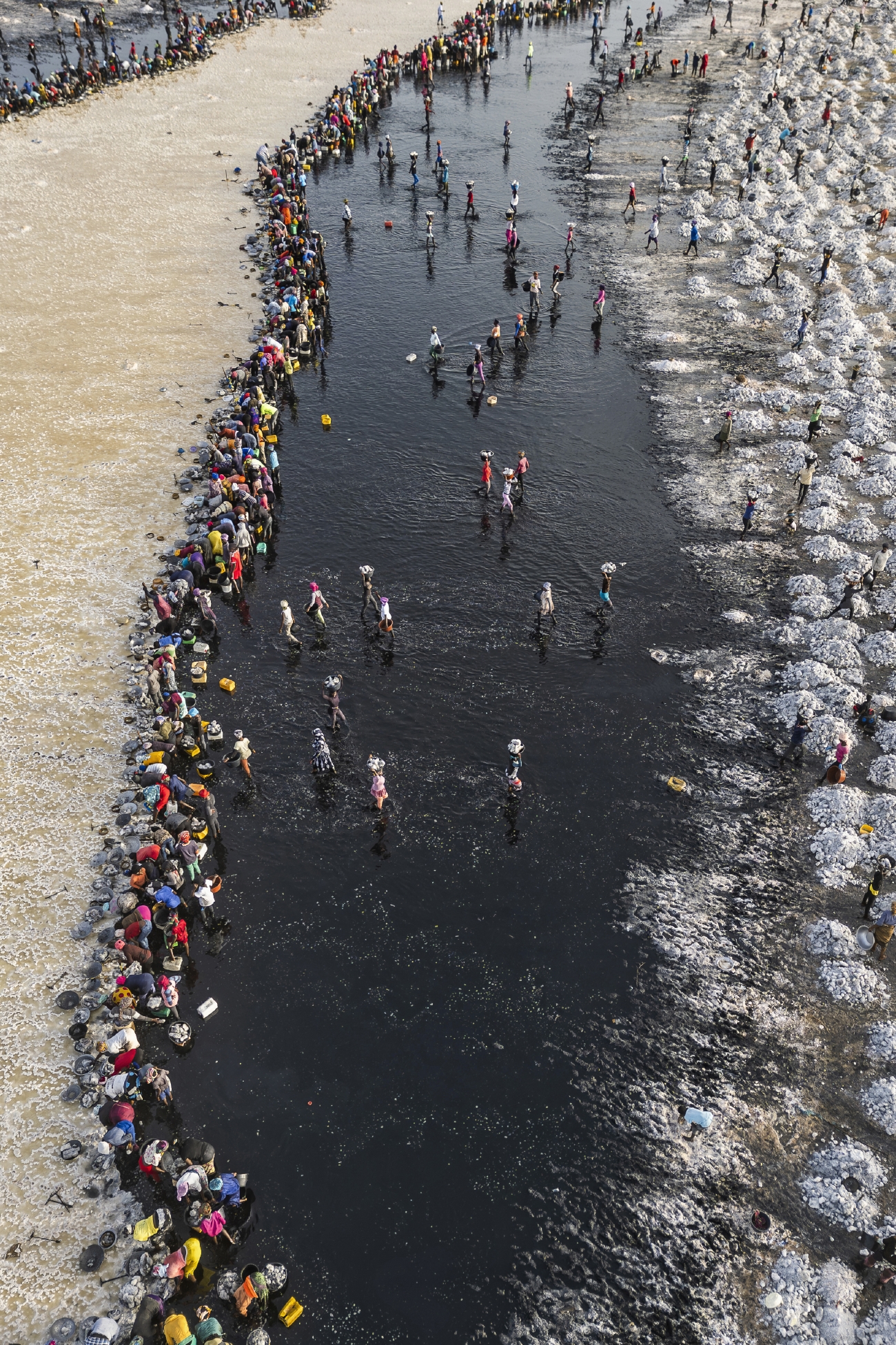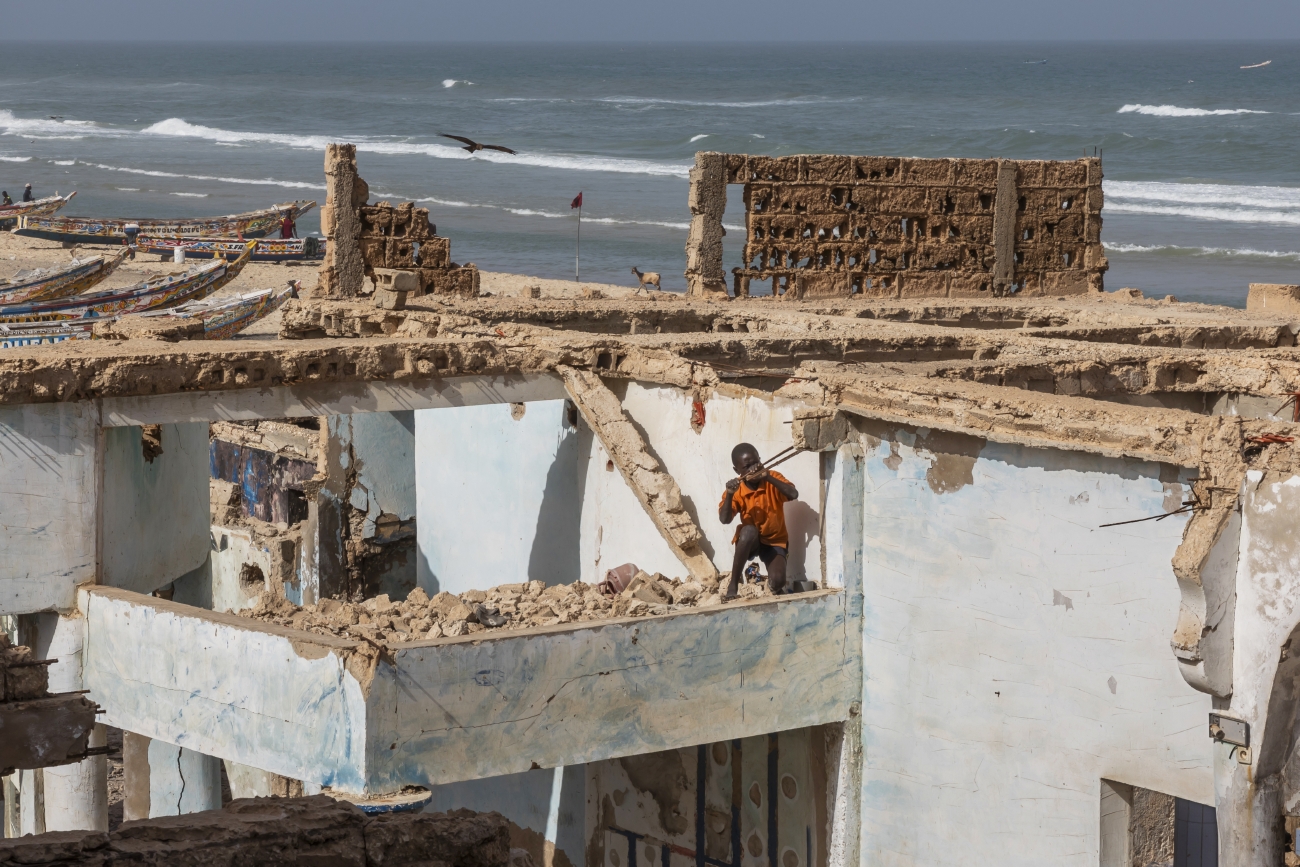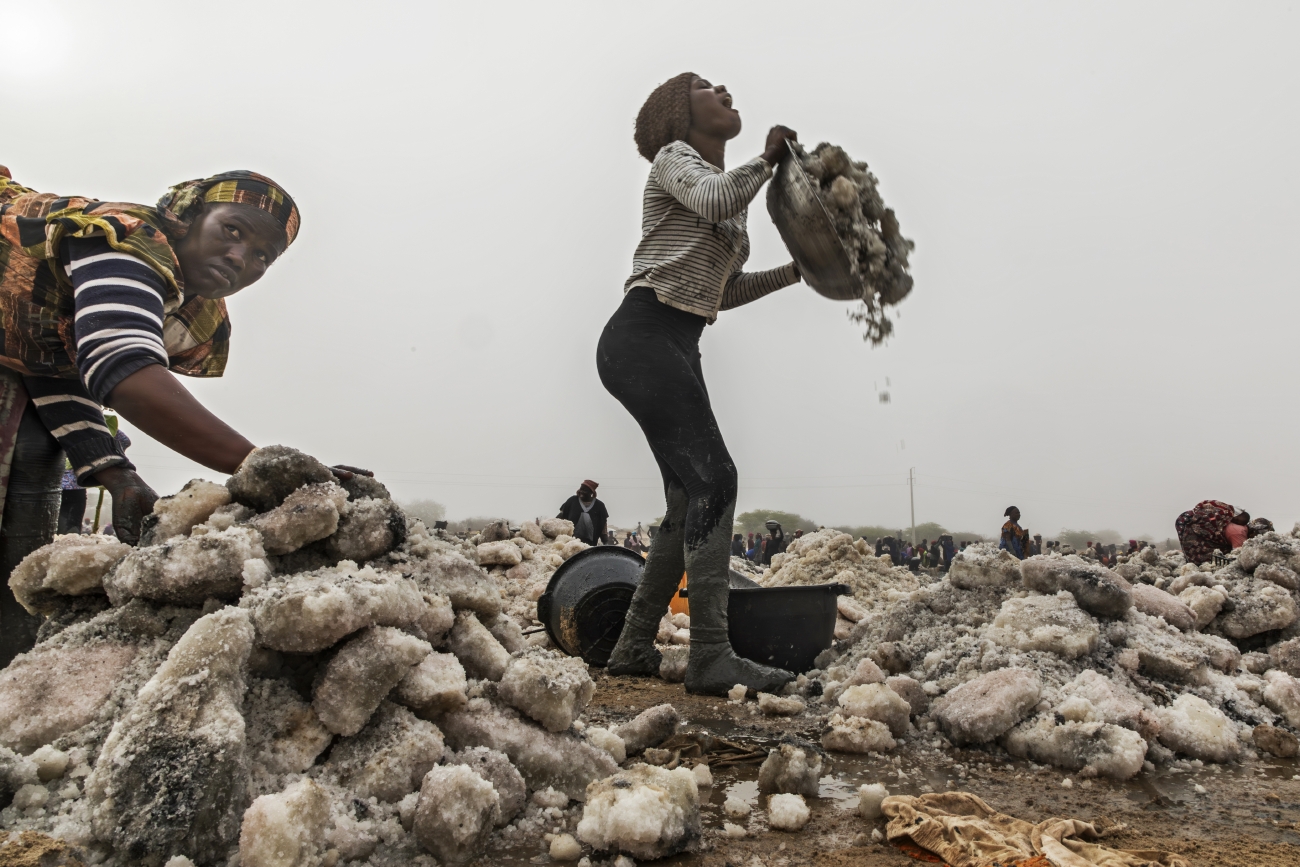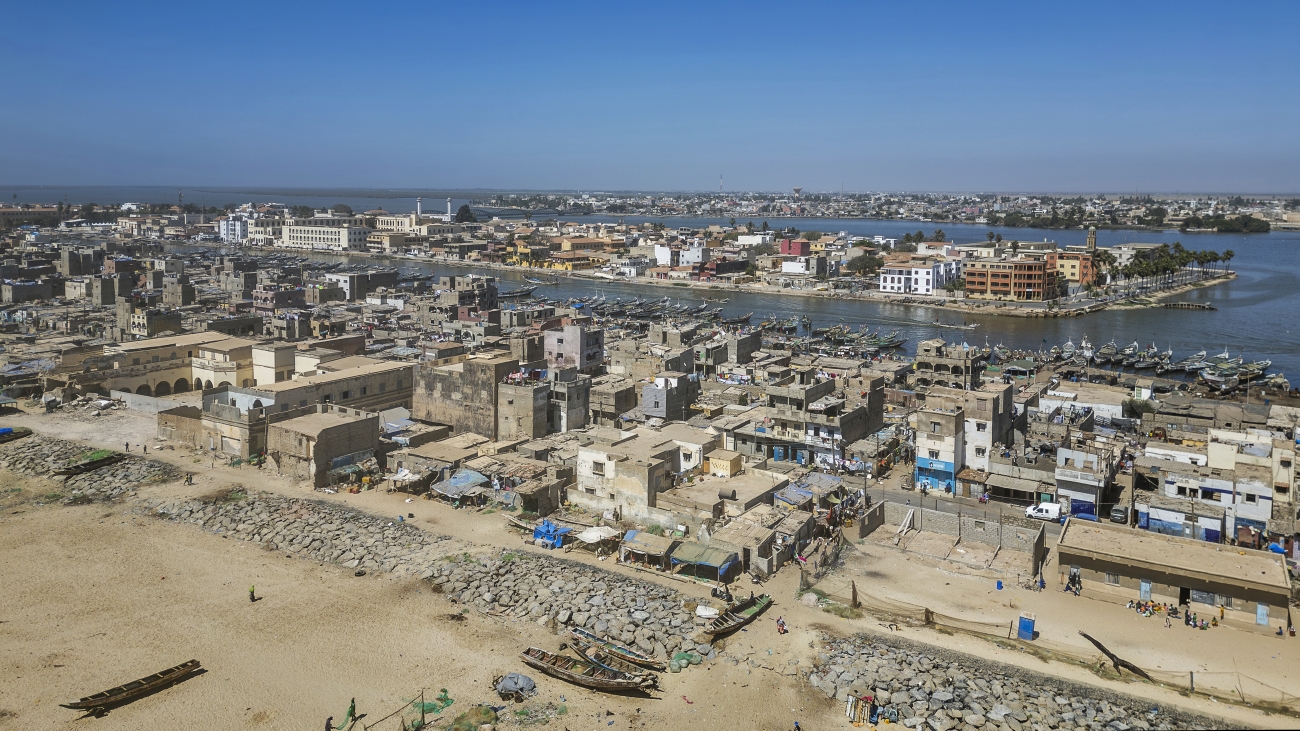Langue De Barbarie
St. Louis: A City Laboratory for Climate Change
Since then, the area has been continuously monitored by geologists from Dakar University. An embankment has been built to protect the houses at greatest risk, but more than 300 families have already been evacuated and relocated to camps and new settlements under construction about ten kilometers inland. Other projects, such as the construction of a canal to drain the river waters into the sea, have proved counterproductive and led to the disappearance of entire villages under the floodwaters.
In all this, the forecasts for the future, despite a momentary receding of the water, are far from optimistic. Studies by the Ministry of the Environment predict a serious risk of evacuation for a large part of the population of St. Louis and the villages along the Langue de Barbarie, as well as a threat to the fauna in the national park.
As if that were not enough, fishing has also collapsed, and today the majority of the inhabitants of the Langue de Barbarie, consisting of fishermen and women who process and sell the fish, are facing a double challenge.
2024
